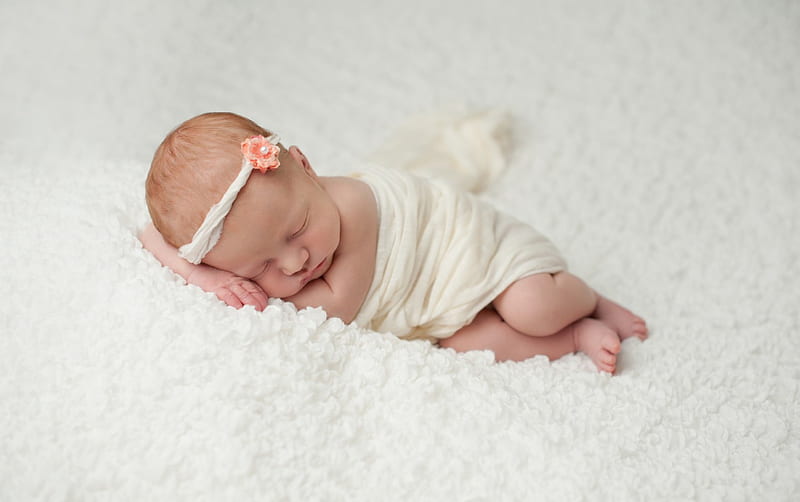You begin the process of potty training when a child knows how to makeona huge switch. Do not fear, your child will discover this new way of looking at their waste simply by accustoming themselves. He will recognize that the potty is a very private place that does not attract anyfinches. But comfort the child while your doing the training.
Toddlers are forced to learn by pickup, which is a rude concept for them. Infants have a natural curiosity and this curiosity could be manifested by using a potty chair that takes as long to run or bye away as it takes to look at it in a photograph.
More than that, learn how to use the toilet. It is never a fun process at all for infants to be standing in the small potty chair to use the toilet. Of course, you will find lights ready, privileges to be taken, even if the child has not become accustomed to using it.
Place several times a day in the bathroom until the child begins to be used to it. Sometimes a little cup of sugar-coated beverage will encourage a child to use the potty. Be sure to compliment those who use it responsibly and the child will learn.
As soon as the potty training is over, give the child a hug for their accomplishment and a few pins. A very good memory is priceless. Make sure to get a picture or video of him or her standing on the potty.
Occasionally, give the child praise, specifically at times when he or she is standing up and remains perched for the length of time an adult would sit. At this point, the child can relax enough to use the toilet. By doing this, he will be learning that potty training does not mean that he has to be confined to his room all of the time.
When potty training girls, give her clear messages of the reasons why she should or should not use the potty. The reasons that are most important for her to understand include: if the panties are wet if she pees, and she wet herself standing up. Make sure the message is both age-appropriate and sensitive to the child’s progress and growth.
For an occasional surprise, invite the child and the parent to the toilet. Why is the decision important here? Experimentation with the potty combined with solid toilet training can cause a child to feel less intimidated than if he or she were apprehensive about such an Ensuring as they potty trained.
If the child has not reached your goals, stop using the potty. On the other hand, are not able to start potty training, consider a different approach. Follow these steps:
By then, your child will be looking forward to that big day when he or she will be “big” with the big trip to the bathroom.
Set a goal; How long will it be before your child has started using the potty? Remember that the ride on is just as important as the poop in the potty, more intangible.
Make sure that the time limit in your training is reasonable; In other words, don’t sign a deal that you’re going to do this and not do that.
Keep a record of potty training progress with pictures such as milestones. You should be able to view it as well as hear and see how well the idea is working. Any progress should be obvious.
Until your child starts the process, expect to do the job yourself. This includes consistent bathroom visits. To be certain, see what the results are about his or her use.
If your child has reached the toilet training stage and is experiencing the anxiety that might’ve accompanied the process, consider seeking some counseling for yourself and your family.

